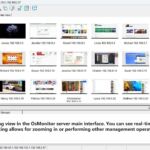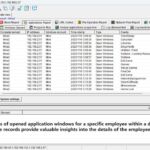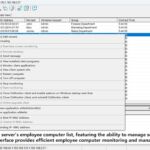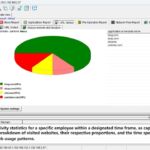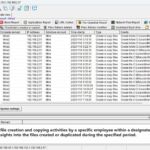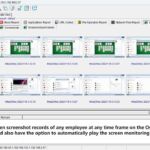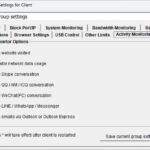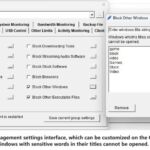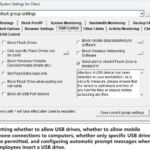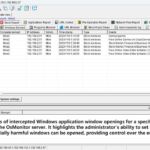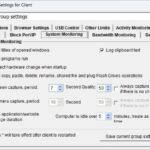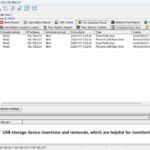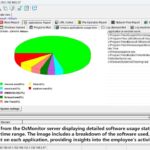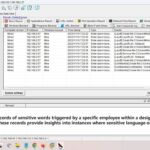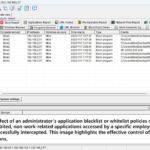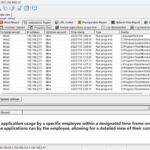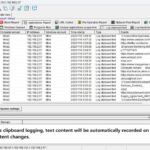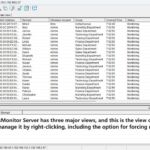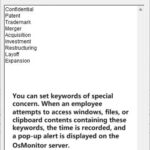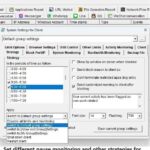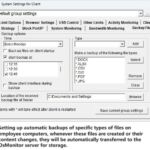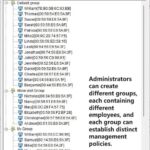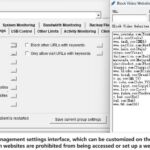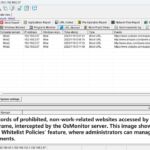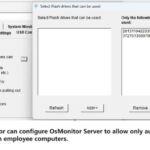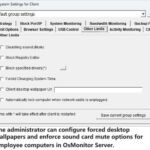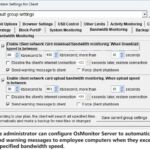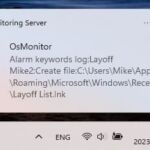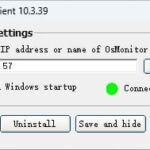Algorithms and data structures can enhance the efficiency of data processing and querying, enable accurate target detection and tracking, optimize resource utilization, and provide real-time data analysis and decision support in monitoring software.
Here are the advantages and application scenarios of algorithms and data structures in monitoring software:
- Fast data processing: Monitoring software deals with a large volume of real-time data, such as sensor data and video streams. Suitable data structures and algorithms can improve the efficiency and speed of data processing, enabling real-time data collection, storage, and analysis.
- Efficient data querying and retrieval: Monitoring software often requires querying and retrieving historical data to obtain data for specific time periods or under specific conditions. By using appropriate data structures and algorithms, such as index structures, hash tables, and search algorithms, efficient data querying and retrieval can be achieved, enhancing data access efficiency.
- Target detection and tracking: Target detection and tracking, such as facial recognition and vehicle tracking, are common tasks in monitoring software. Suitable algorithms and data structures can enable efficient target detection and tracking, providing accurate target positions and motion information.
- Anomaly detection and prediction: Monitoring software needs to detect and predict anomalies, such as intrusion detection and device failures. Algorithms and data structures can be used to construct anomaly detection and prediction models by analyzing and modeling historical data, identifying anomaly patterns, and issuing alerts or initiating appropriate actions.
- Space optimization and resource management: Monitoring software often runs in resource-constrained environments, such as embedded devices or cloud platforms. Optimized data structures and algorithms can help reduce memory usage, lower computational complexity, and improve system performance and resource utilization.
- Data visualization and report generation: Monitoring software needs to present monitoring data to users in a visual manner and generate reports and statistics. Algorithms and data structures can be used for data visualization, chart generation, and data analysis, providing intuitive data presentation and decision support.
In summary, algorithms and data structures in monitoring software offer advantages such as fast data processing, efficient data querying and retrieval, target detection and tracking, anomaly detection and prediction, space optimization and resource management, as well as data visualization and report generation. These advantages enable monitoring software to handle large-scale real-time data, provide accurate monitoring results, and support data analysis and decision-making.
About OsMonitor:
The mission of OsMonitor is to create a Windows computer system tailored for work purposes, effectively regulating employee computer behavior. It enables employers to understand what employees are doing each day, monitoring every action, including screen activity and internet usage. Additionally, it restricts employees from engaging in specific activities such as online shopping, gaming, and the use of USB drives.
OsMonitor, designed purely as software, is remarkably user-friendly and requires no additional hardware modifications. A single management machine can oversee all employee computers. As a leading brand in employee computer monitoring software with over a decade of successful operation, OsMonitor has rapidly captured the global market with its minimal file size and excellent cost-effectiveness compared to similar software. At this moment, thousands of business computers worldwide are running OsMonitor daily.



